-
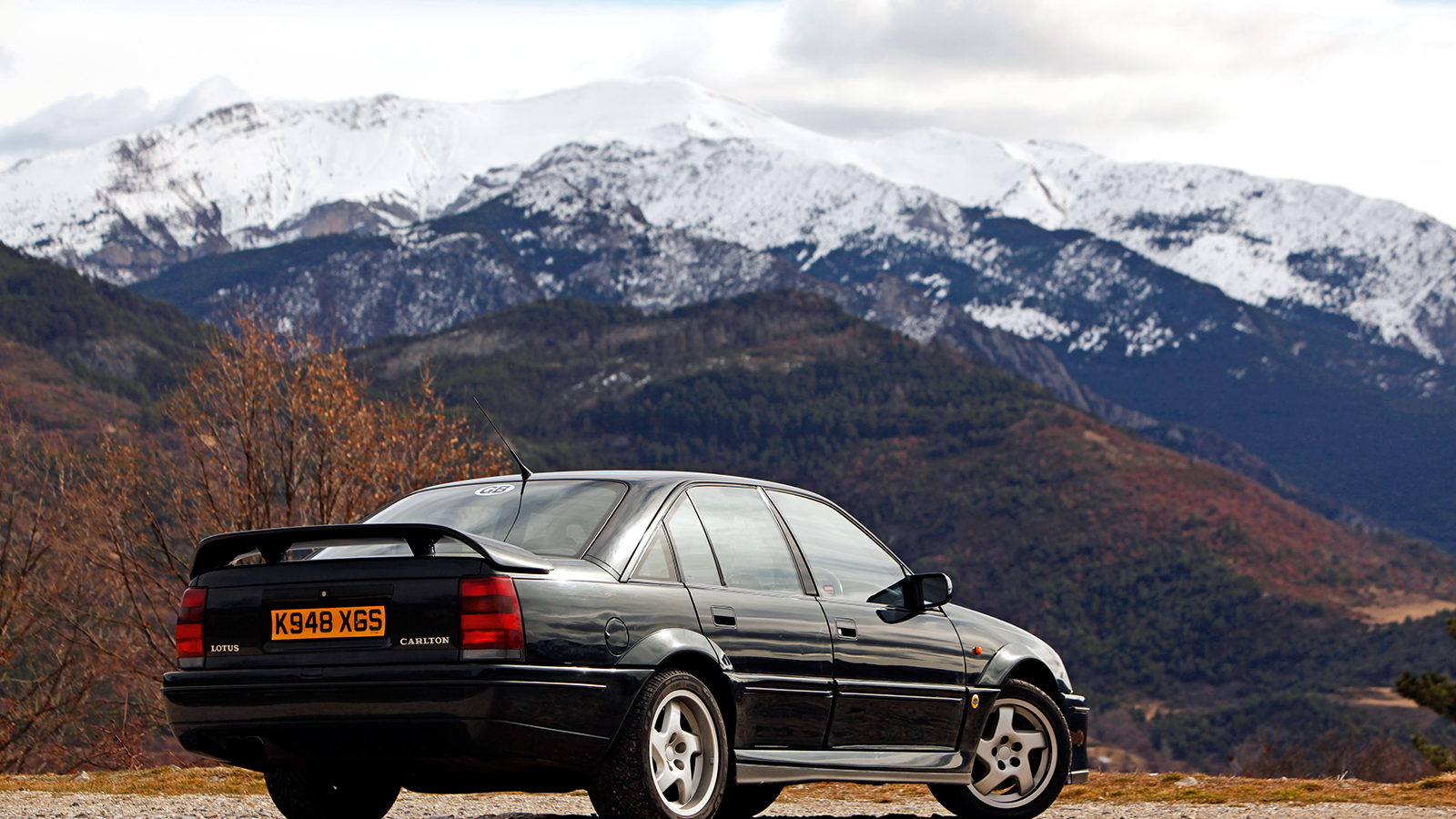 © Classic & Sports Car
© Classic & Sports Car -
 © Classic & Sports Car
© Classic & Sports Car -
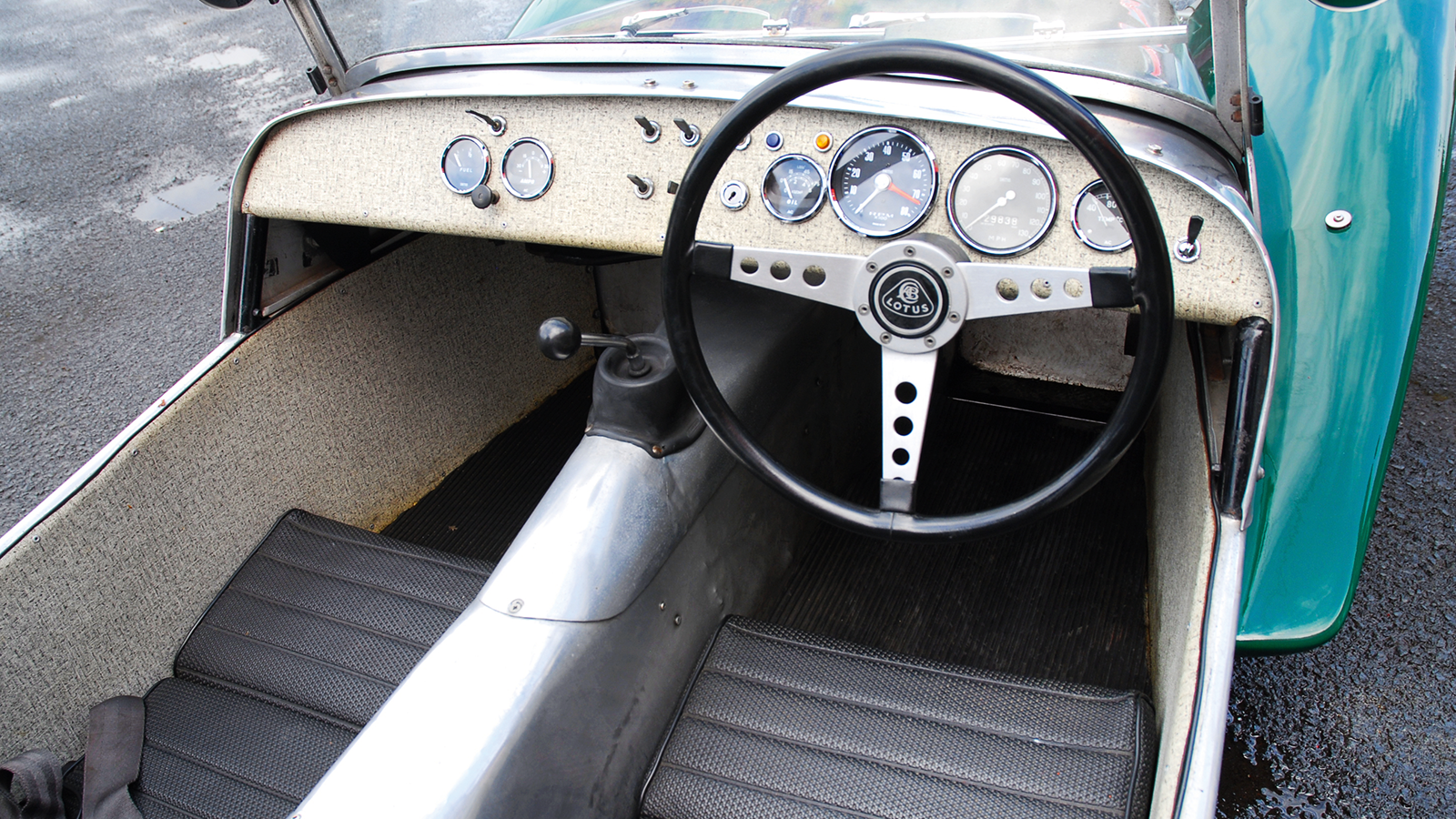 © Classic & Sports Car
© Classic & Sports Car -
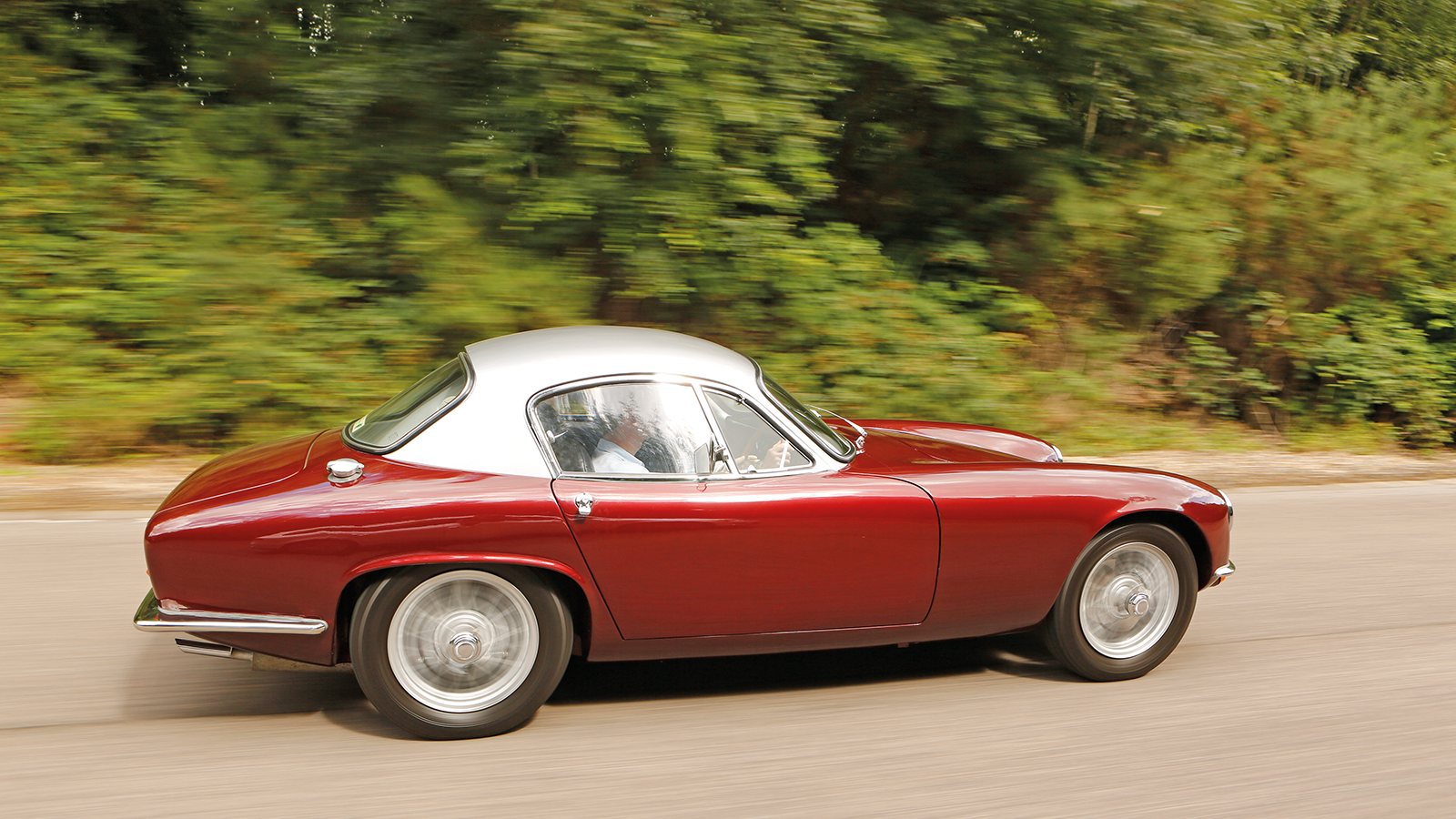 © Classic & Sports Car
© Classic & Sports Car -
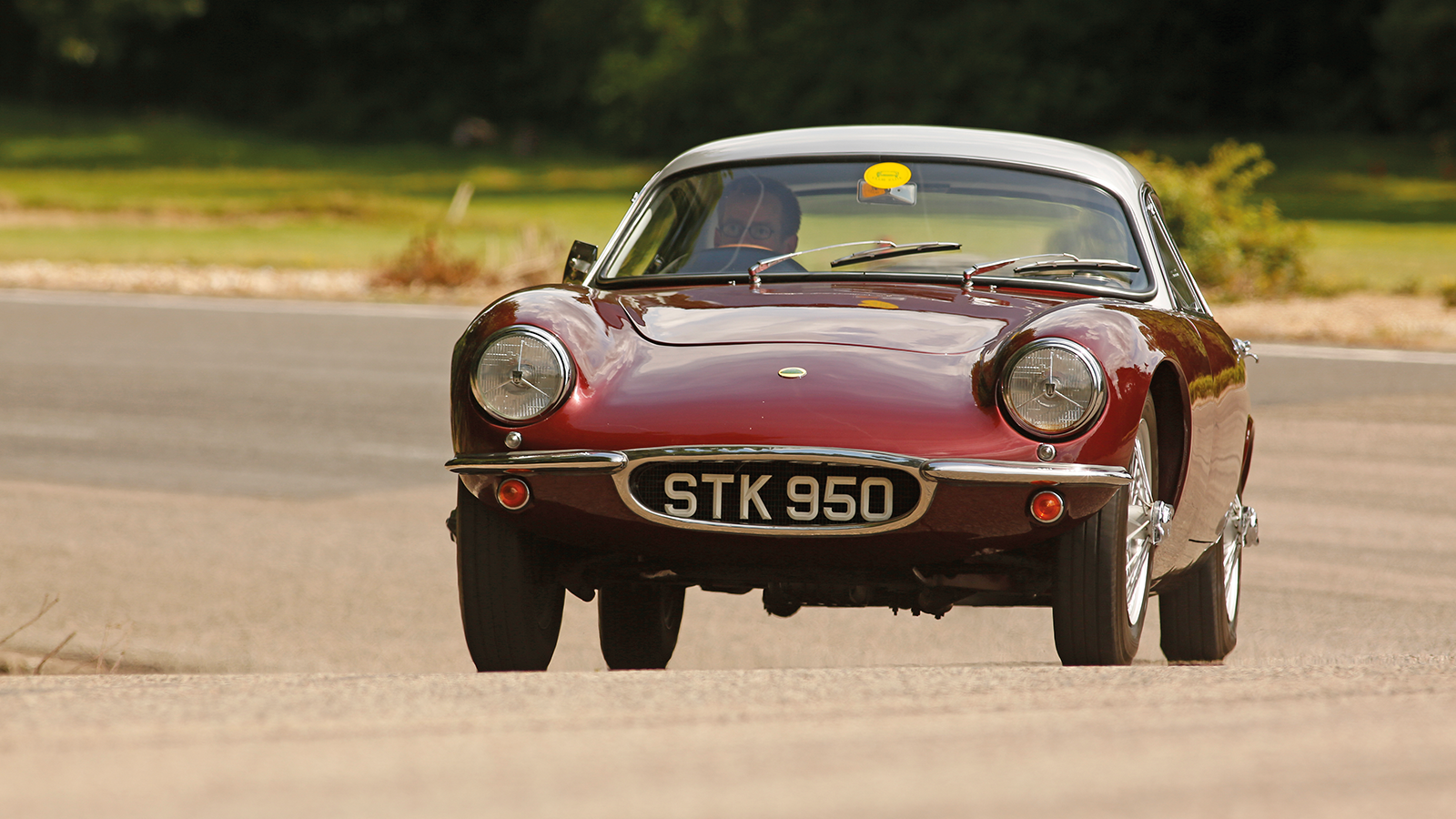 © Classic & Sports Car
© Classic & Sports Car -
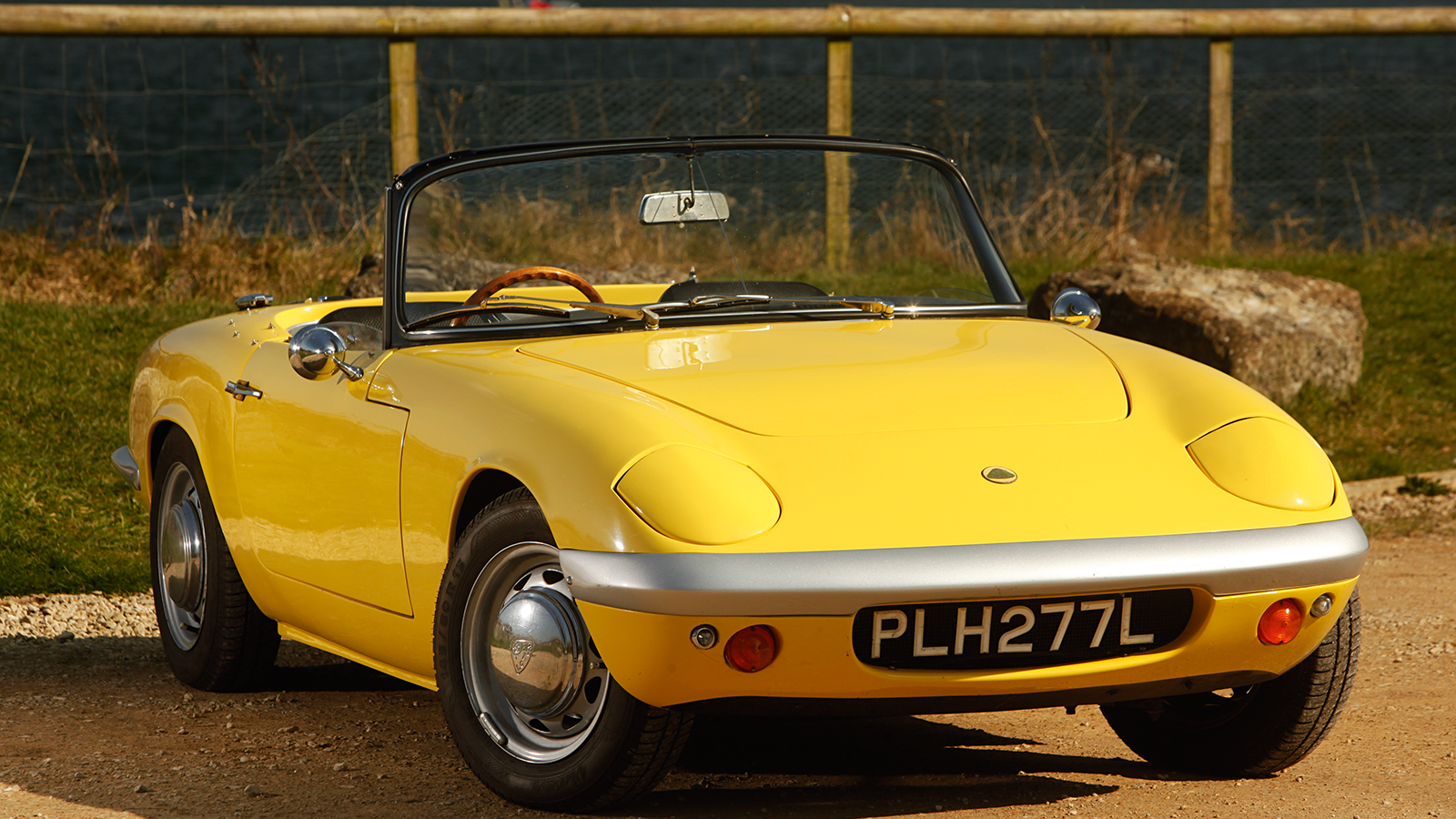 © Classic & Sports Car
© Classic & Sports Car -
 © Classic & Sports Car
© Classic & Sports Car -
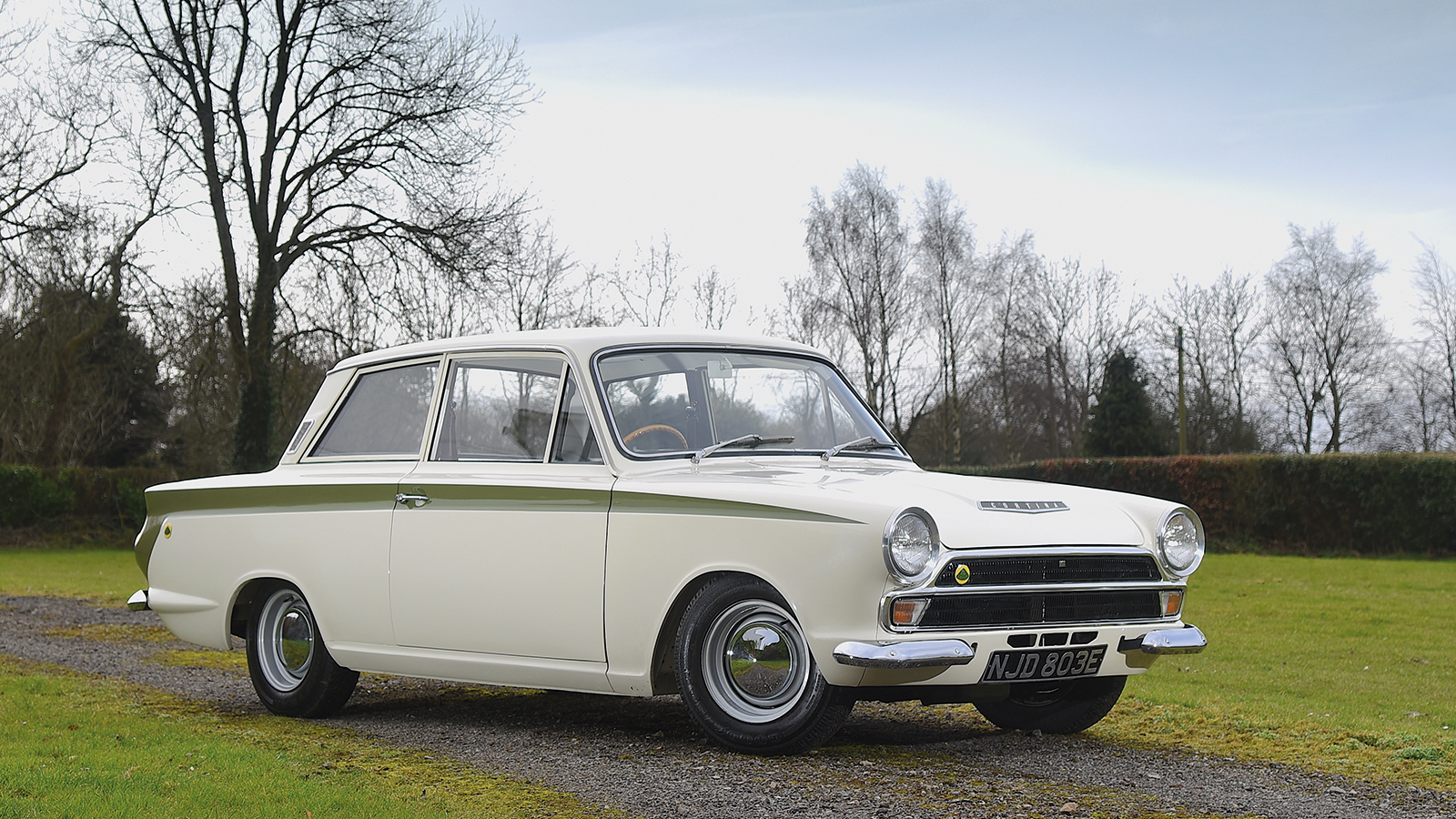 © Will Williams/Classic & Sports Car
© Will Williams/Classic & Sports Car -
 © Bonhams
© Bonhams -
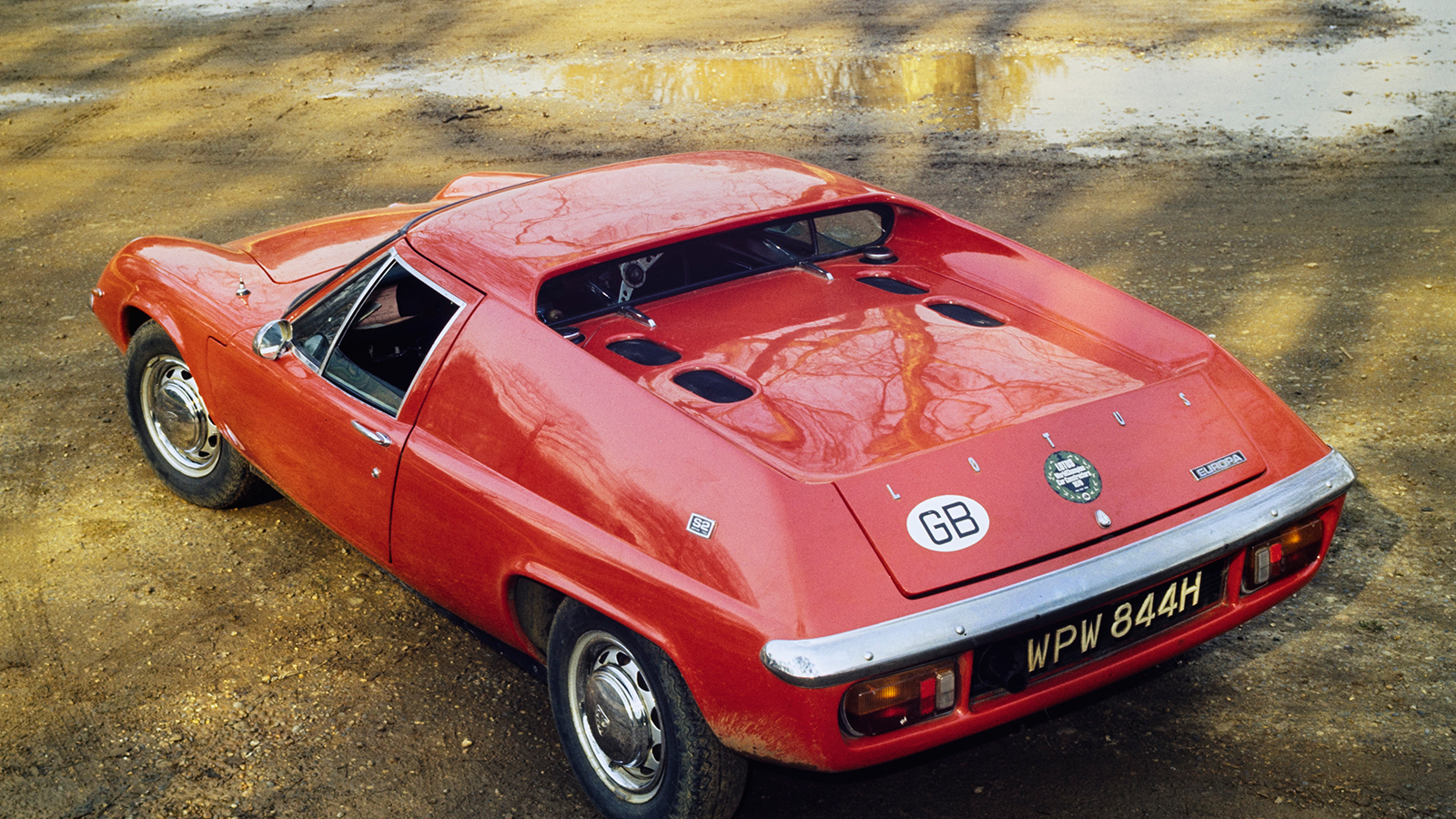 © Classic & Sports Car
© Classic & Sports Car -
 © Classic & Sports Car
© Classic & Sports Car -
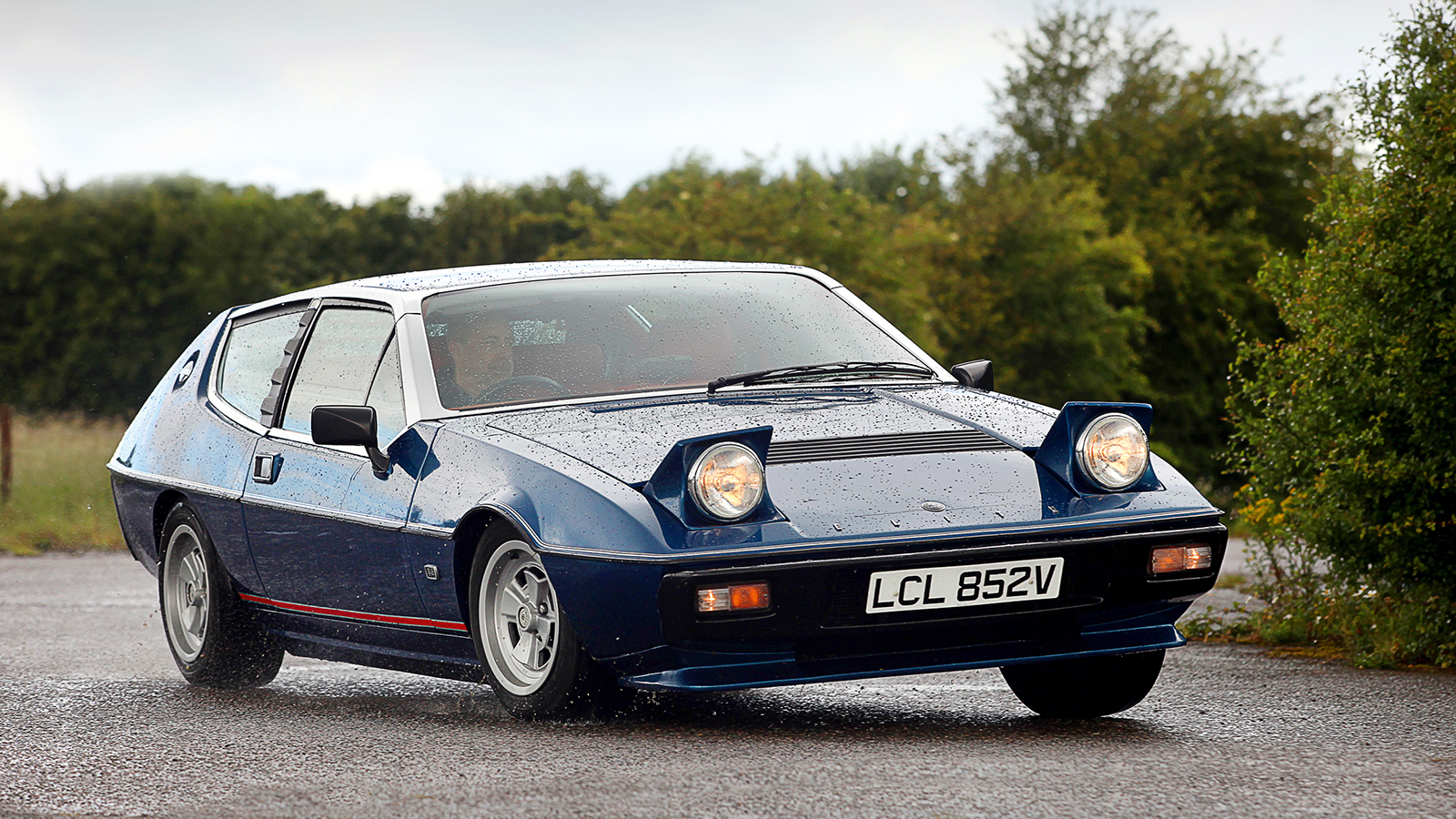 © Classic & Sports Car
© Classic & Sports Car -
 © Classic & Sports Car
© Classic & Sports Car -
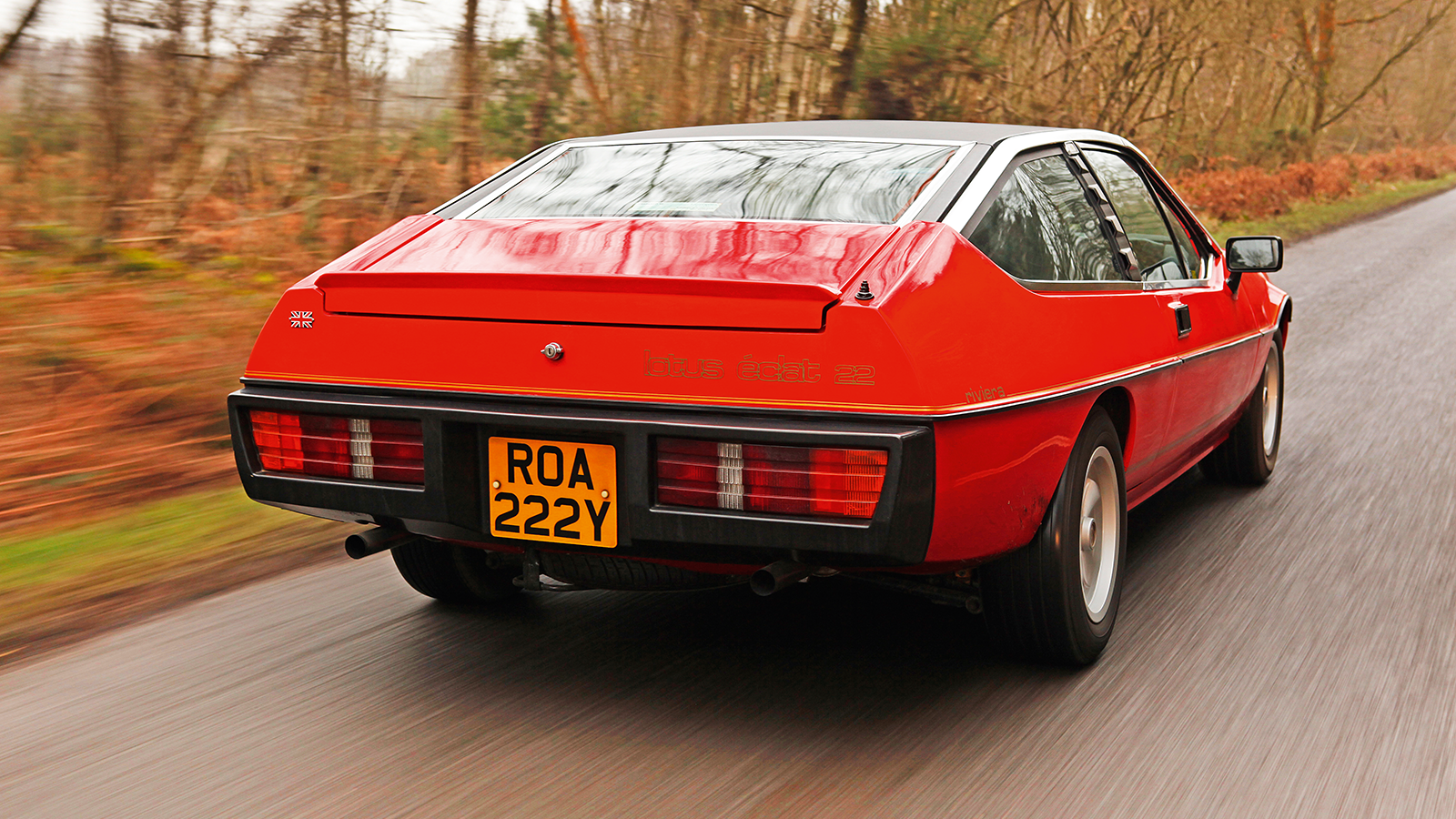 © Classic & Sports Car
© Classic & Sports Car -
 © Classic & Sports Car
© Classic & Sports Car -
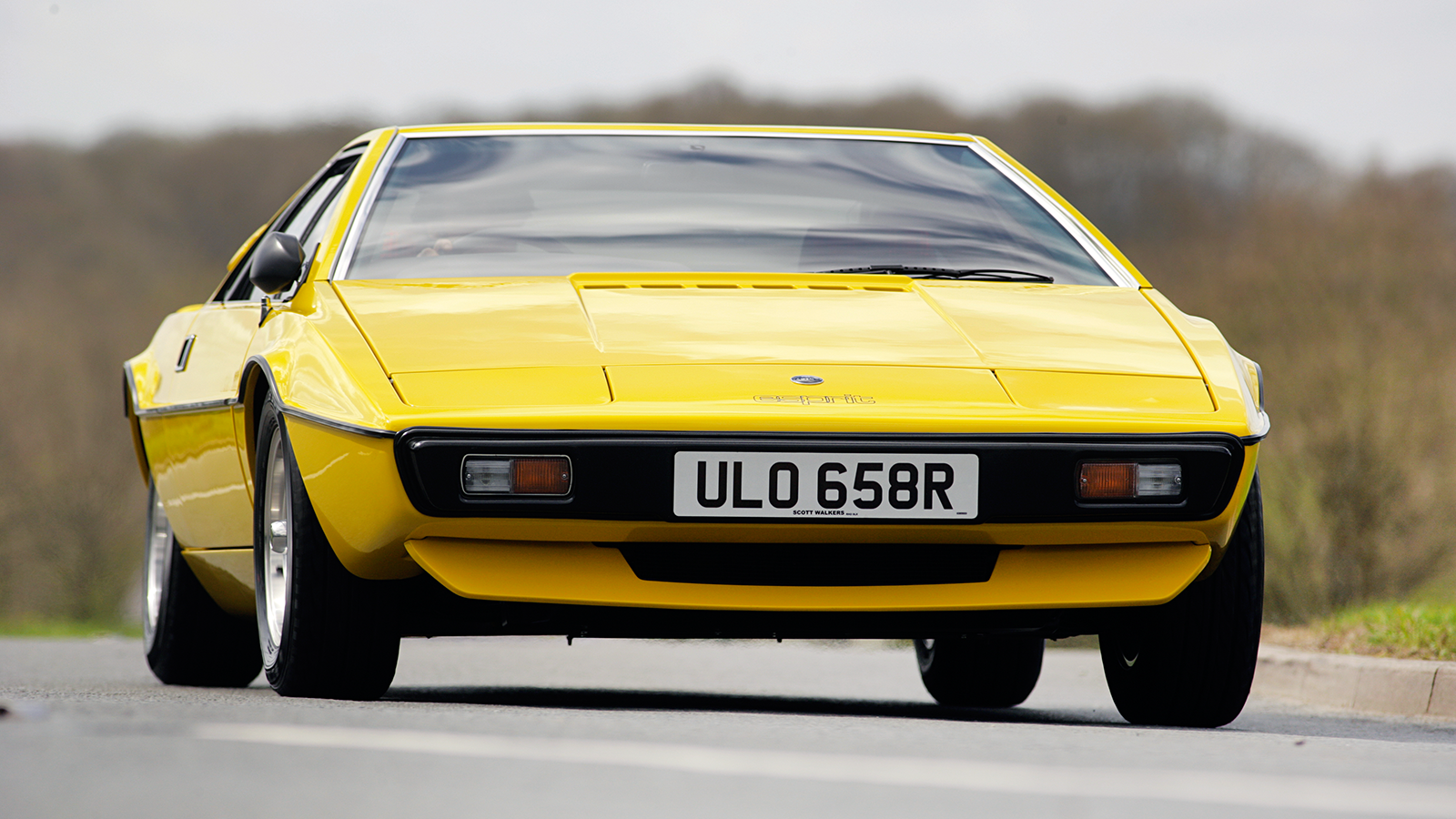 © Classic & Sports Car
© Classic & Sports Car -
 © Classic & Sports Car
© Classic & Sports Car -
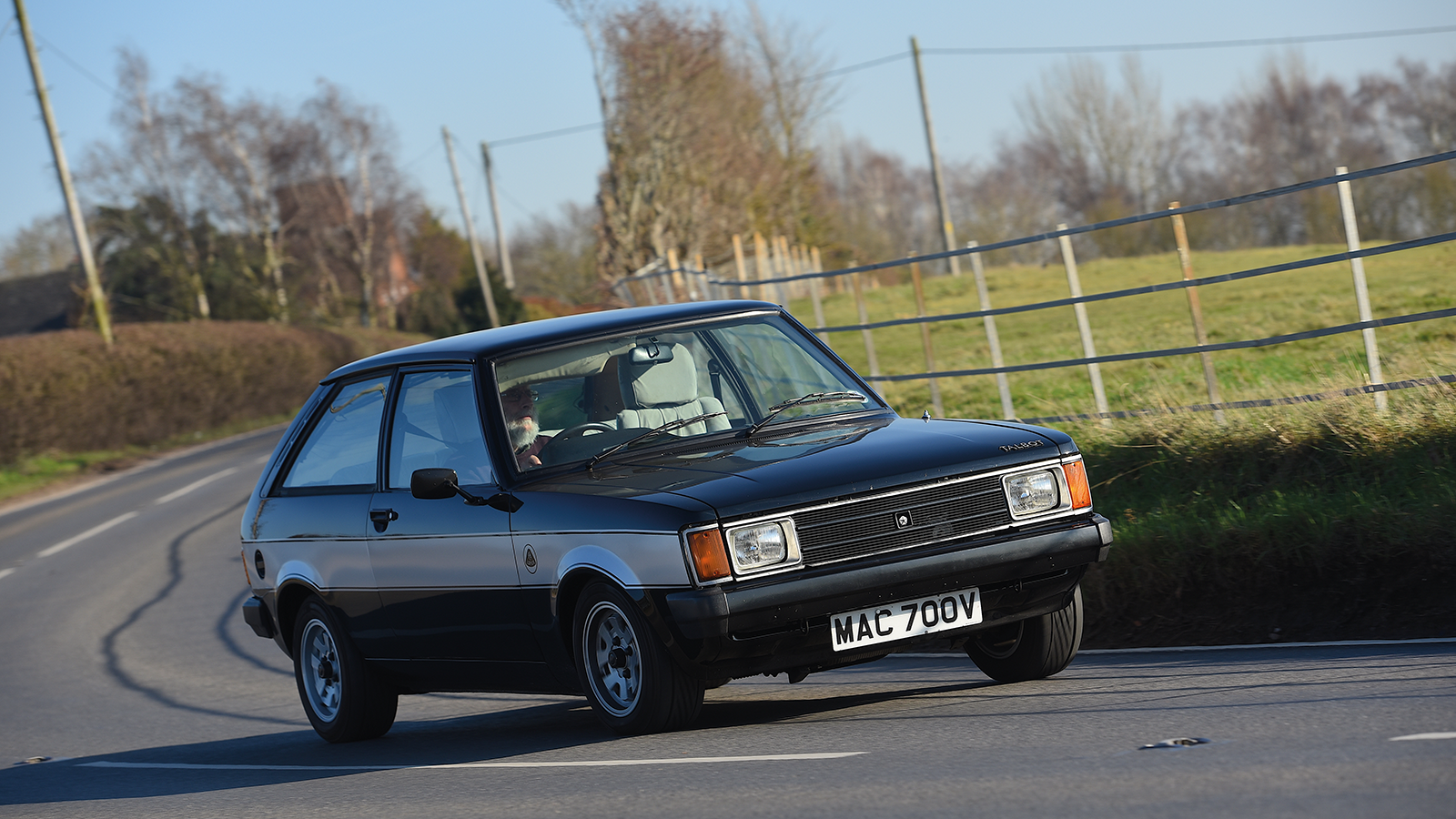 © Classic & Sports Car
© Classic & Sports Car -
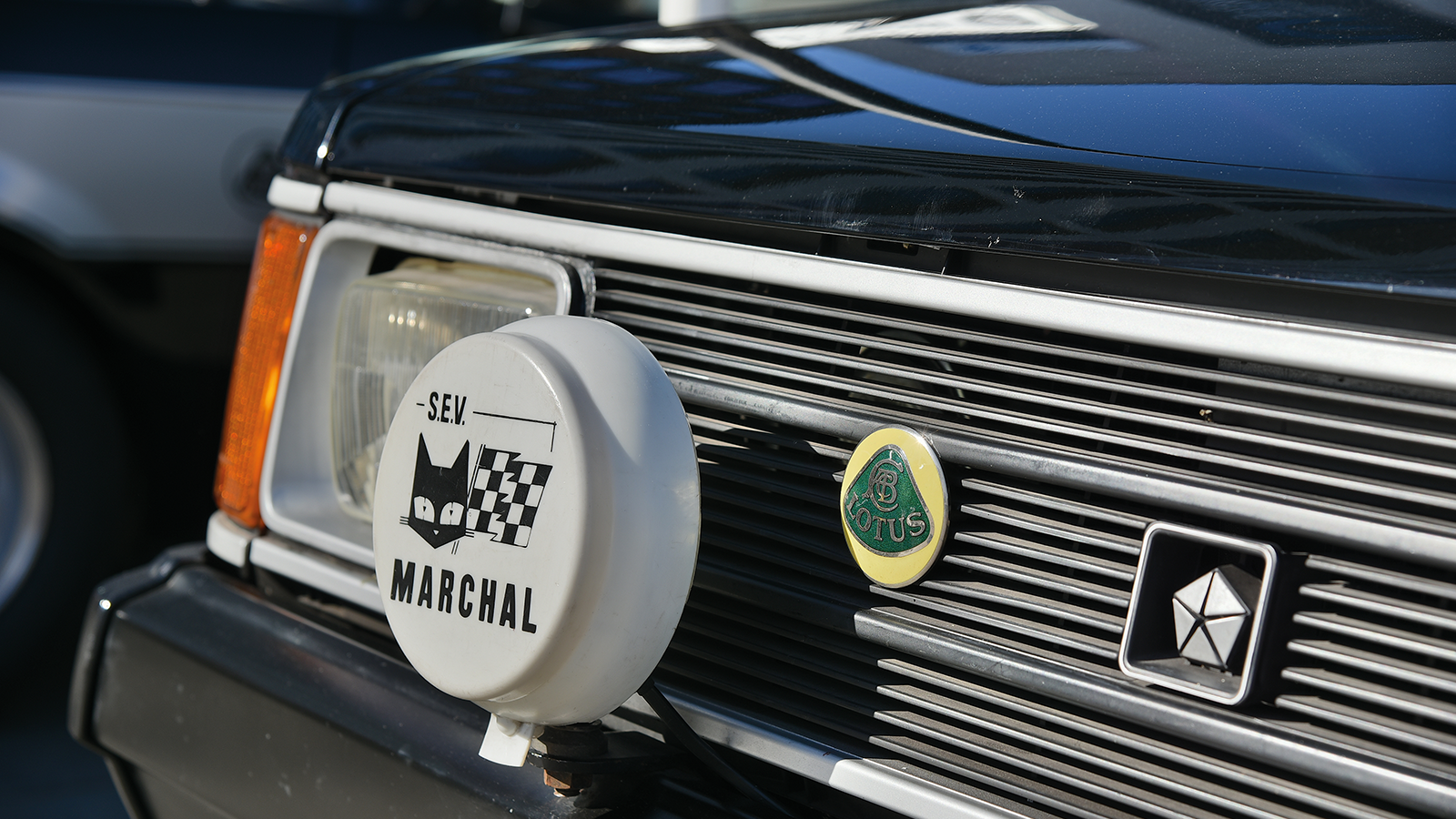 © Classic & Sports Car
© Classic & Sports Car -
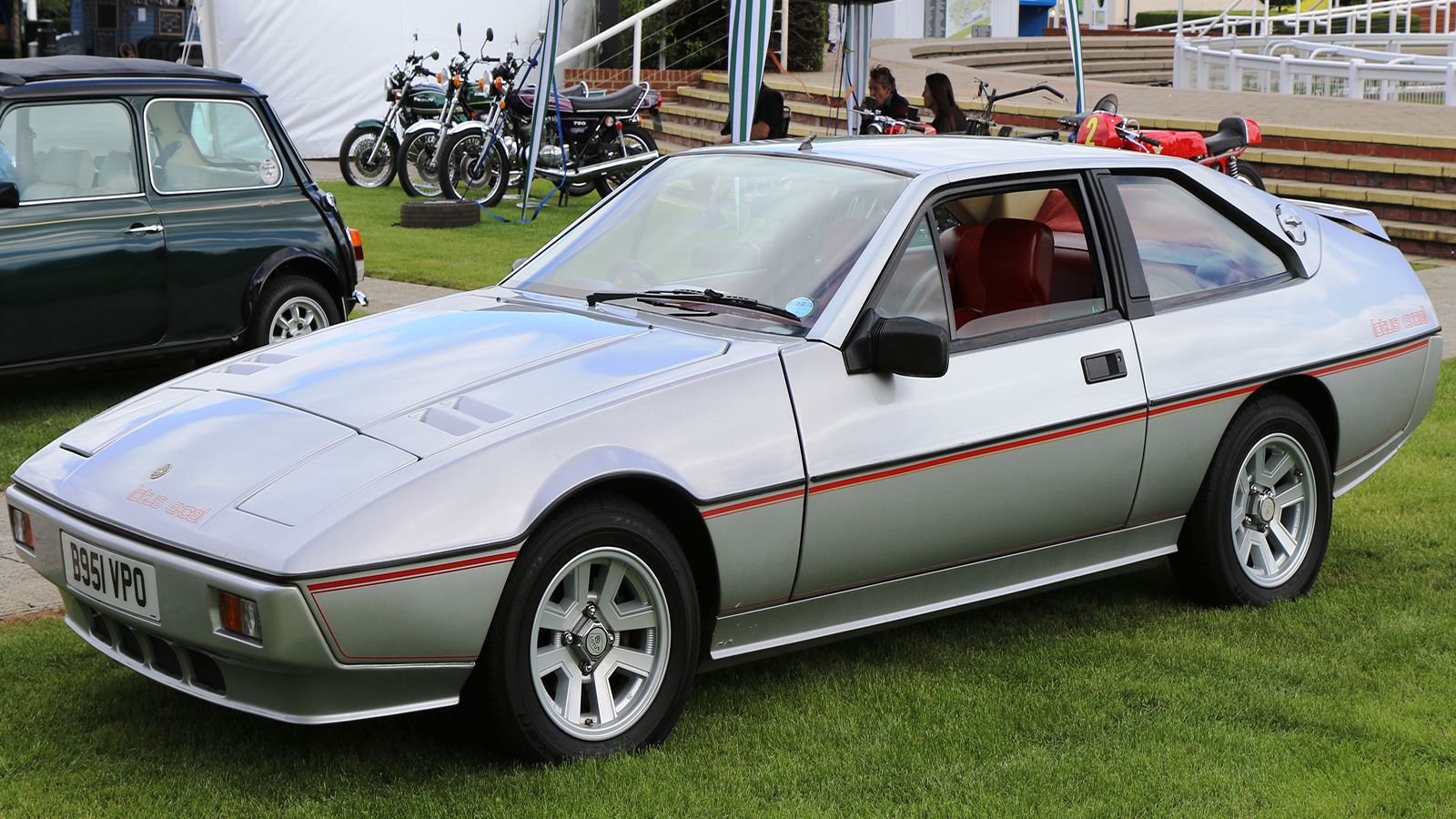 © Charles01/Wikipedia
© Charles01/Wikipedia -
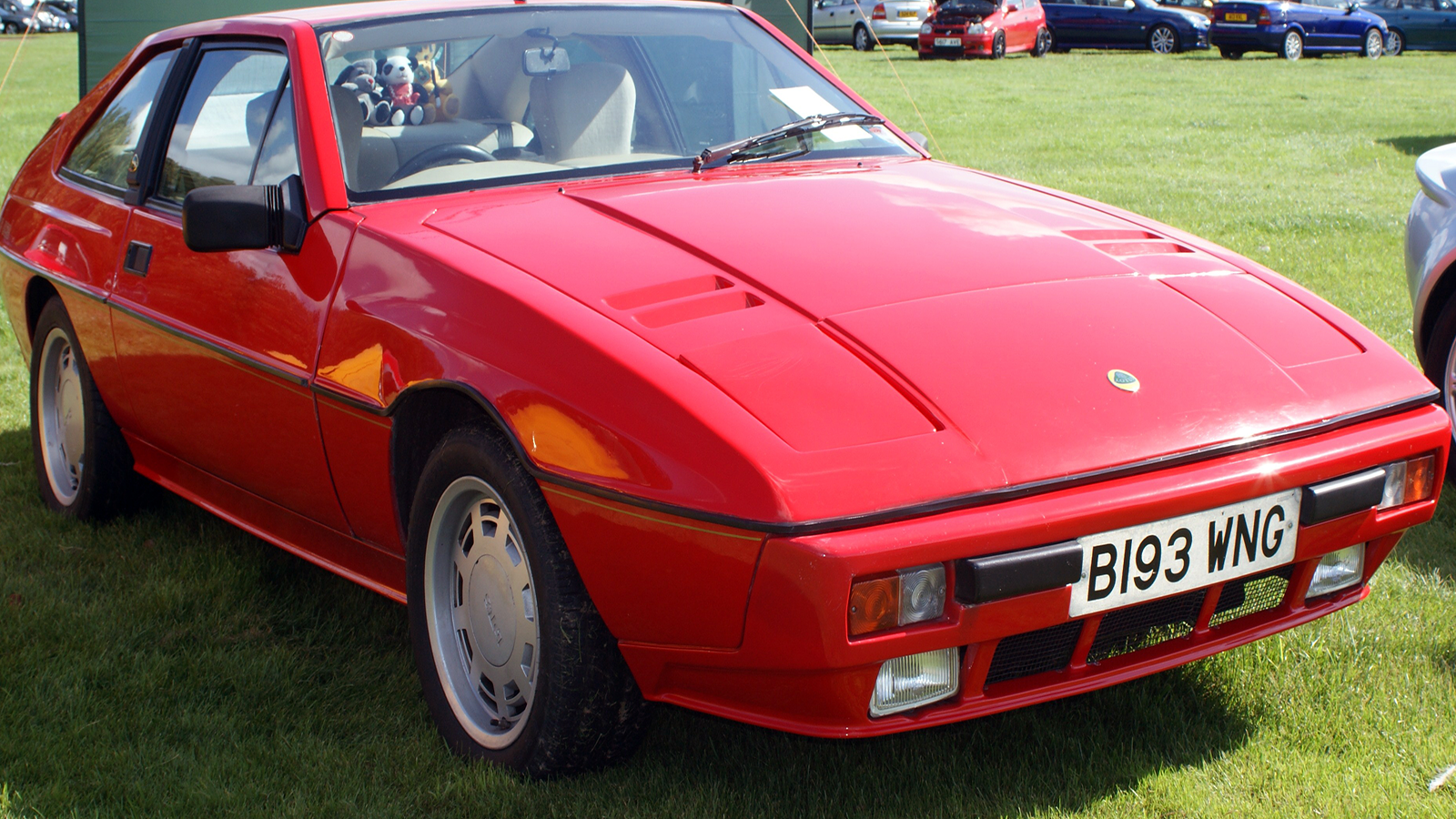 © Mr Choppers/Wikipedia
© Mr Choppers/Wikipedia -
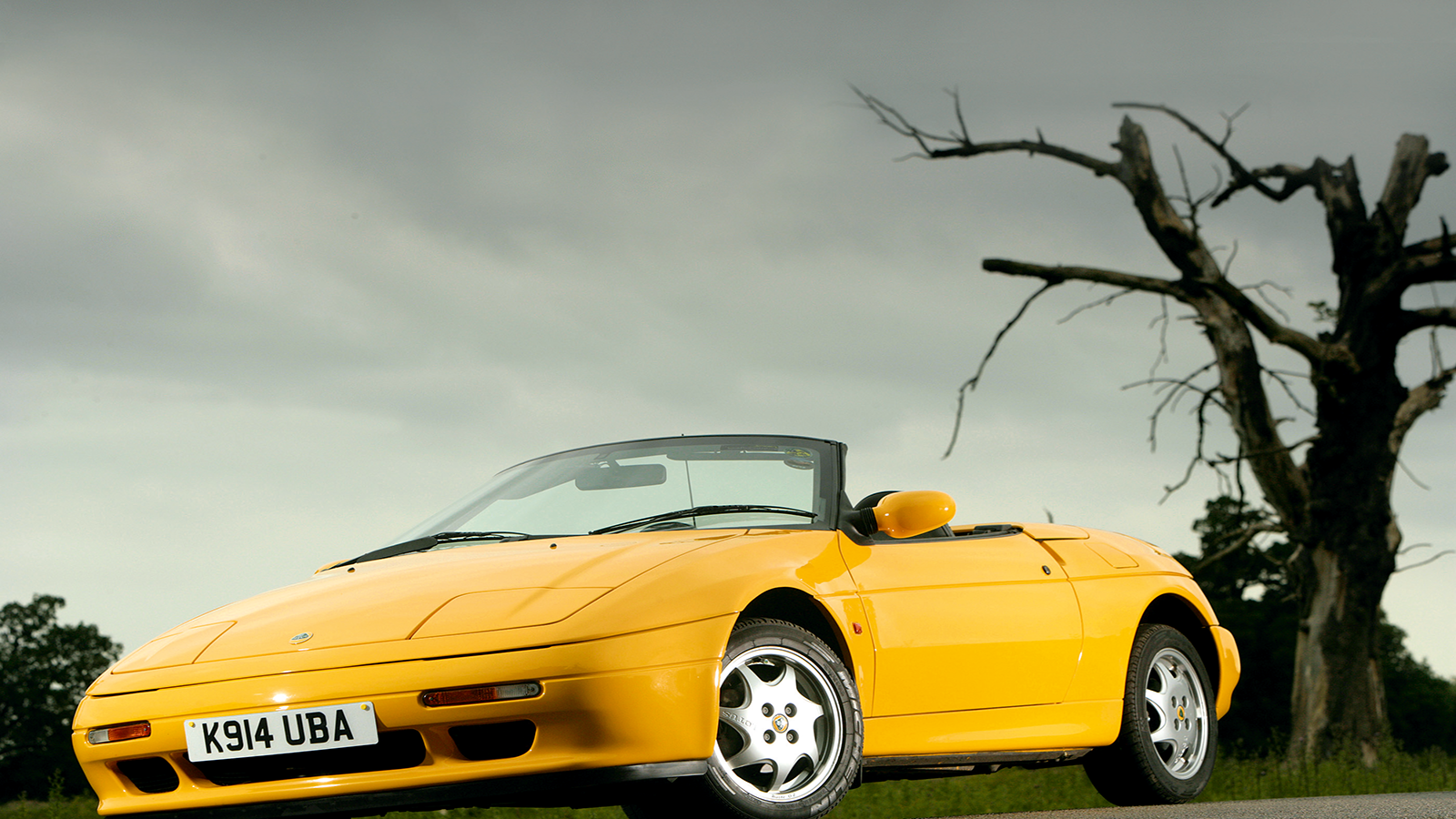 © Classic & Sports Car
© Classic & Sports Car -
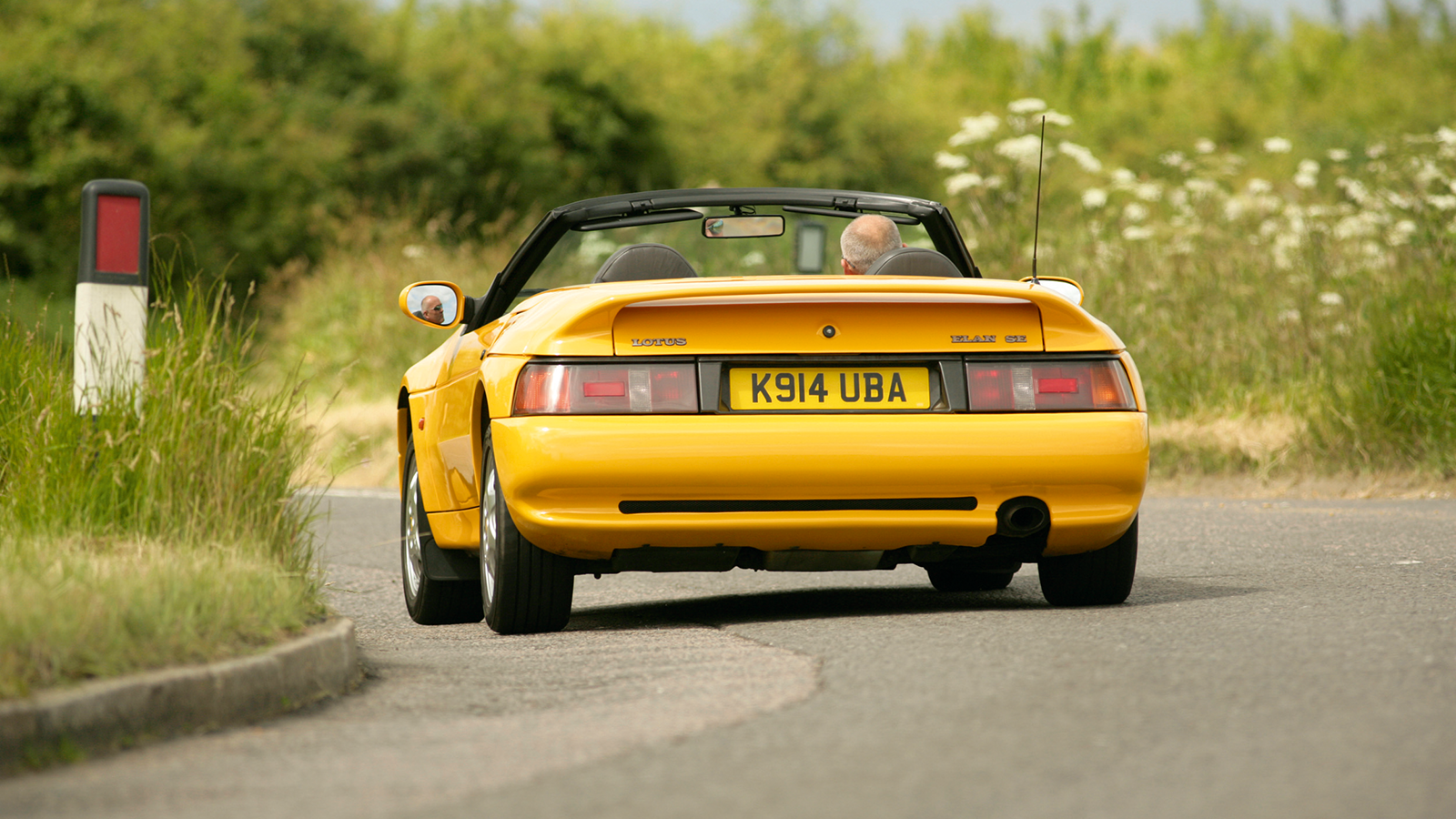 © Classic & Sports Car
© Classic & Sports Car -
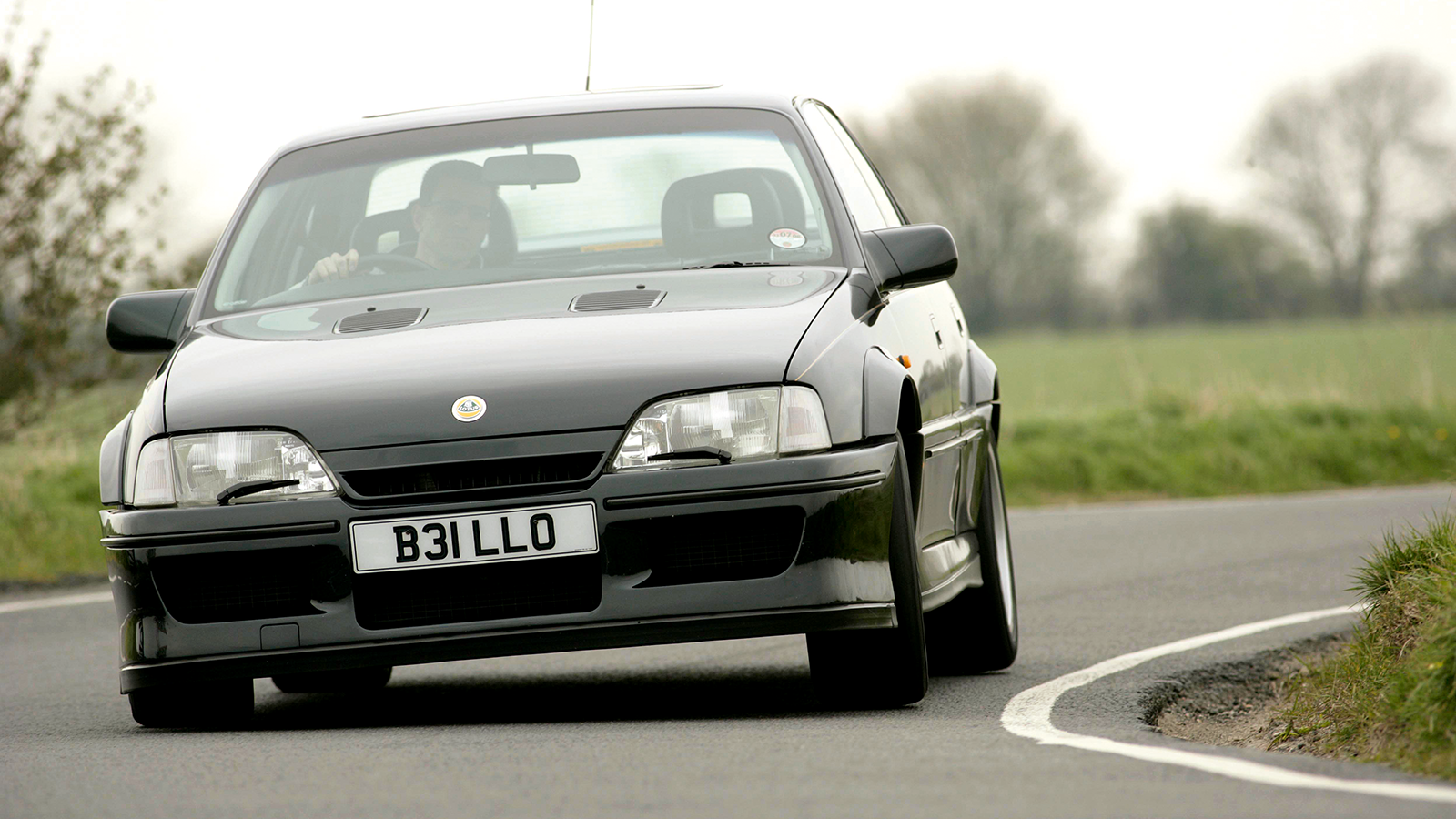 © Classic & Sports Car
© Classic & Sports Car -
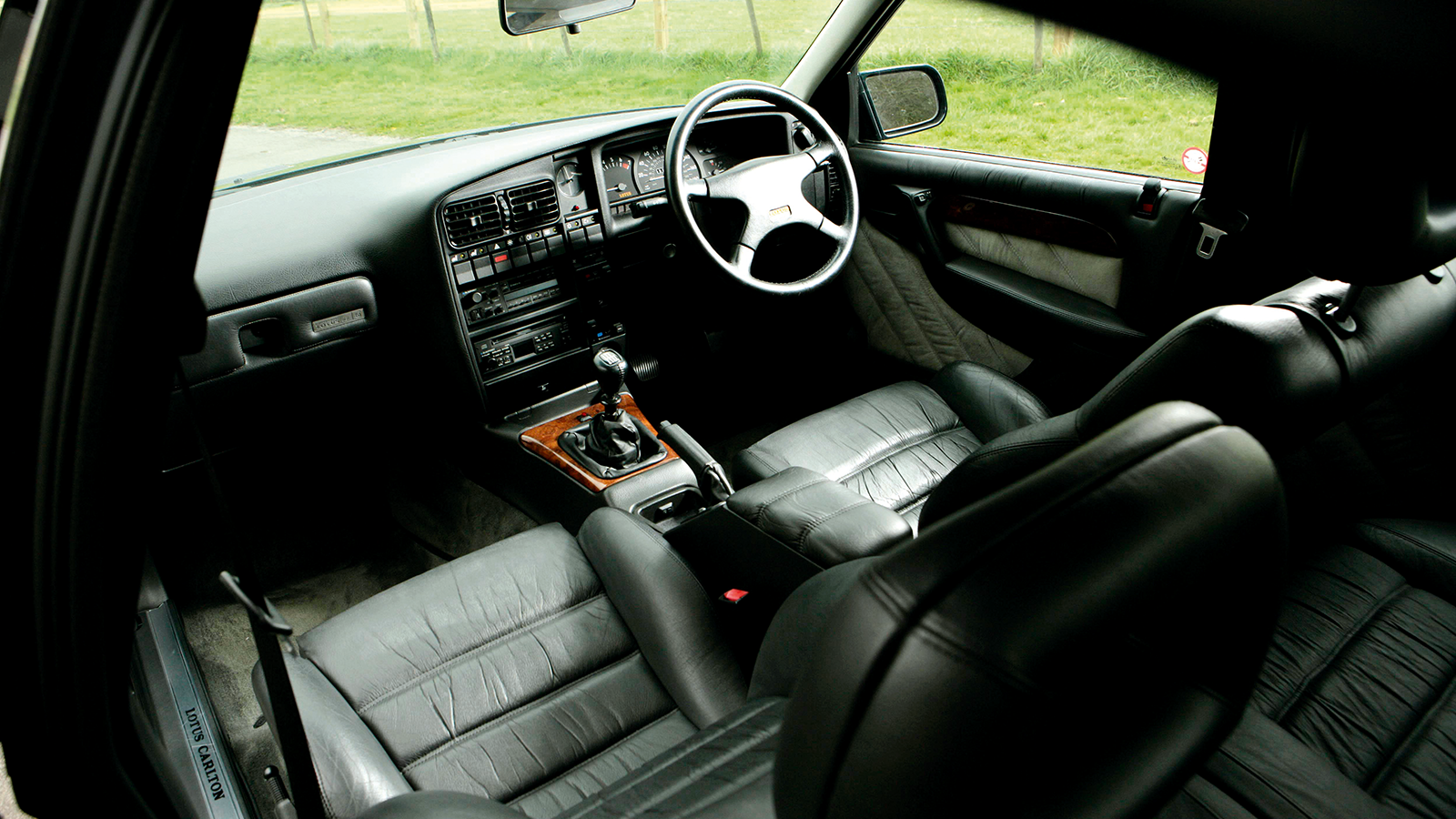 © Classic & Sports Car
© Classic & Sports Car -
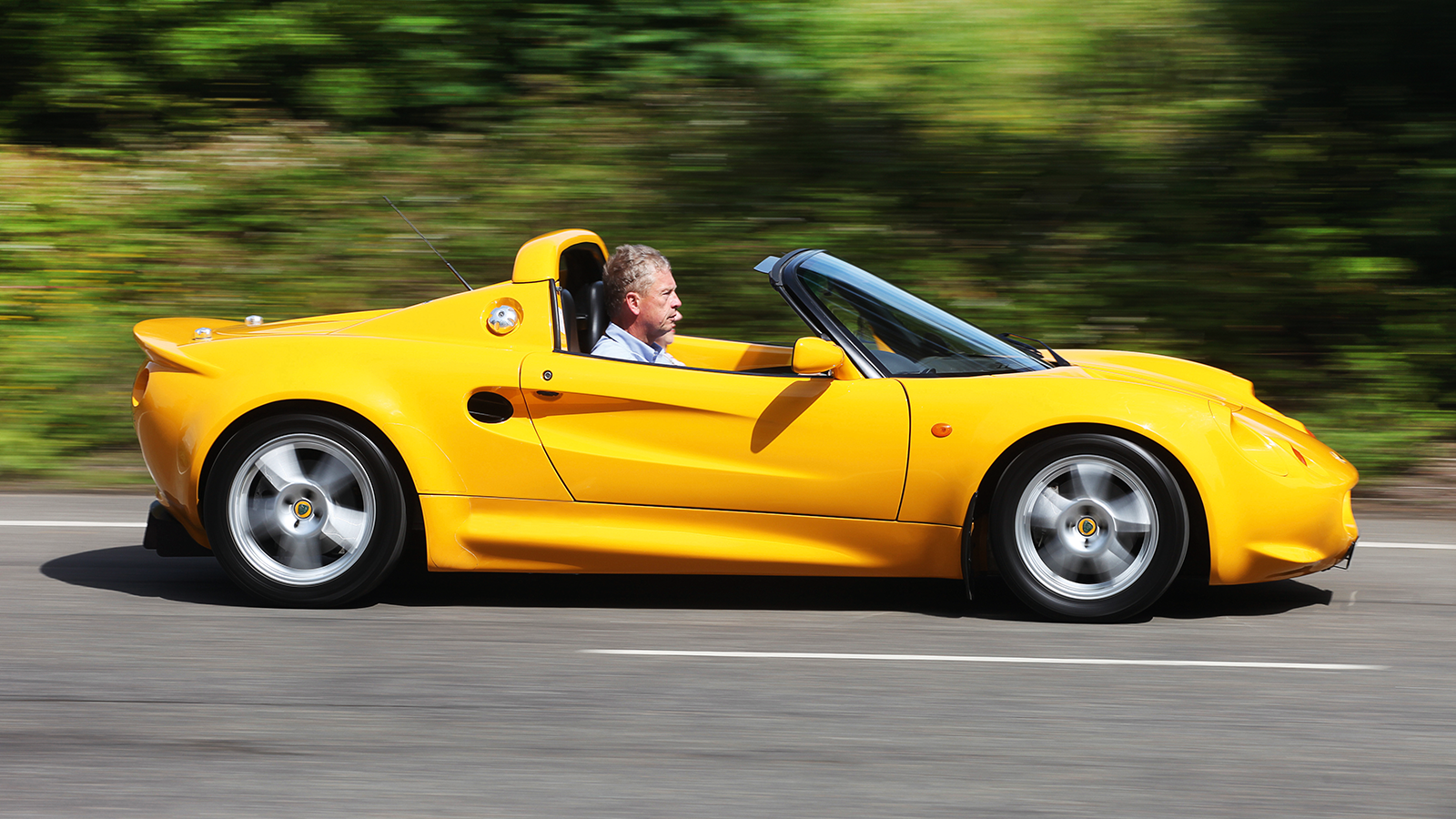 © Classic & Sports Car
© Classic & Sports Car -
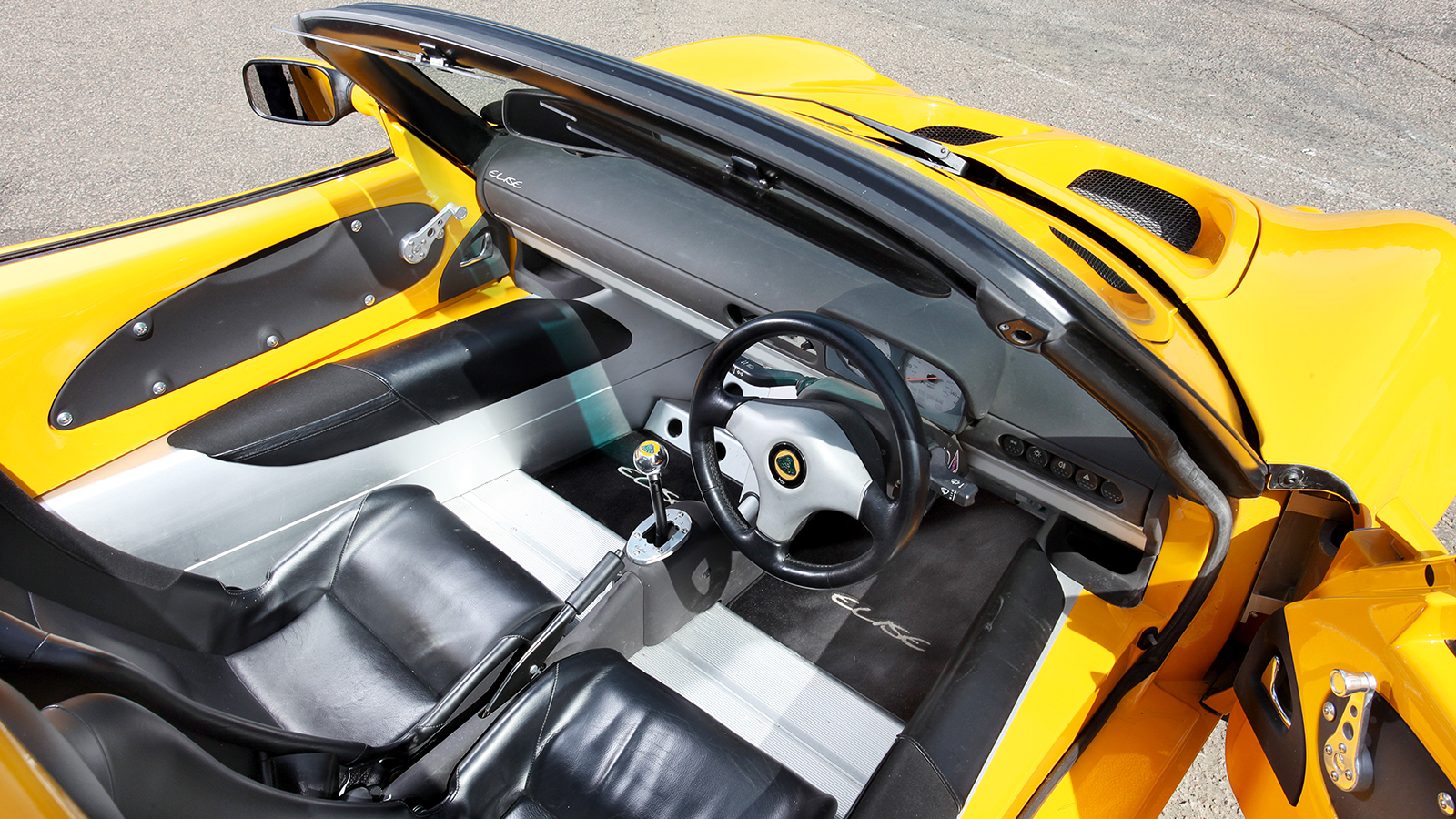 © Classic & Sports Car
© Classic & Sports Car -
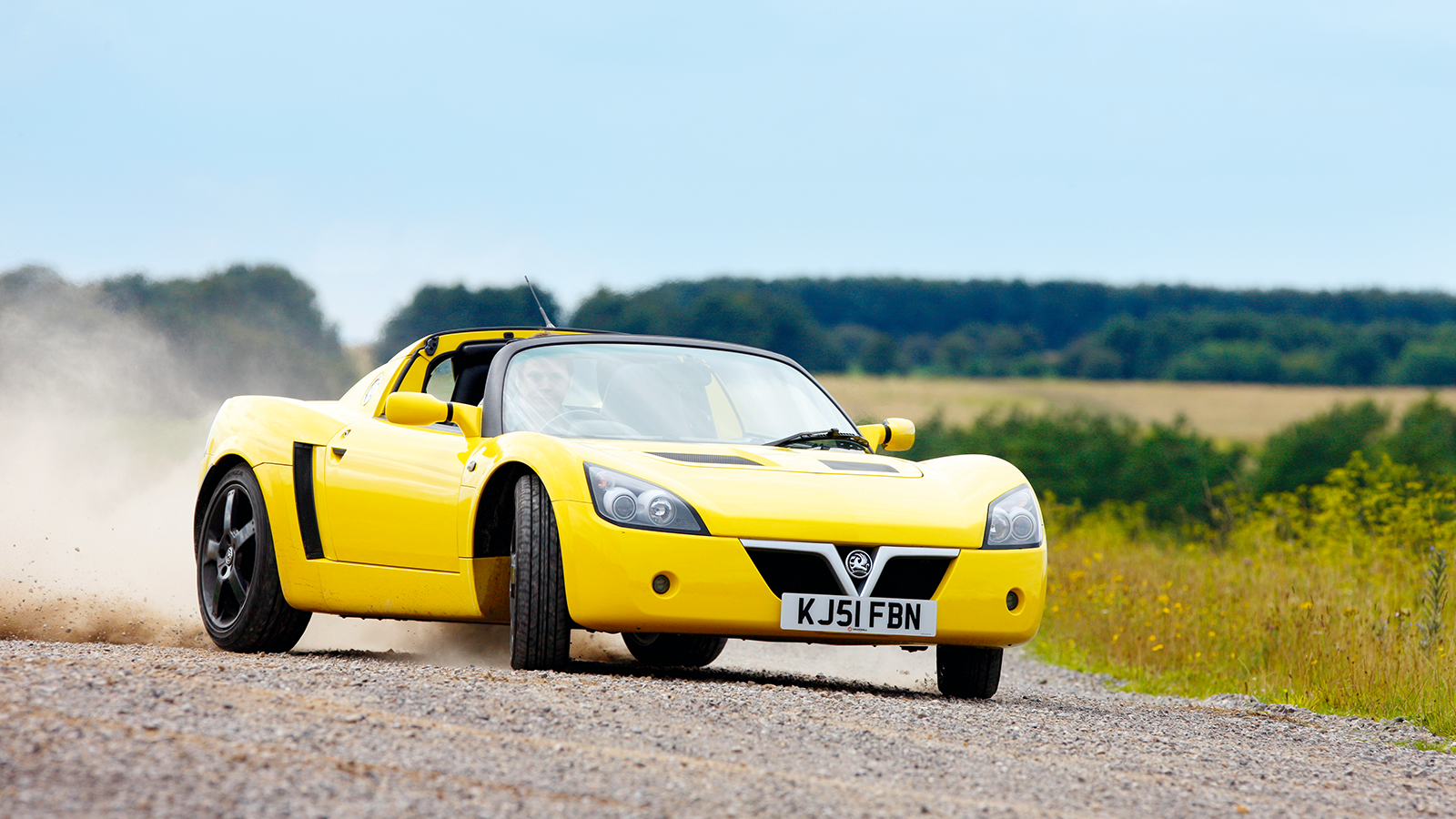 © Classic & Sports Car
© Classic & Sports Car -
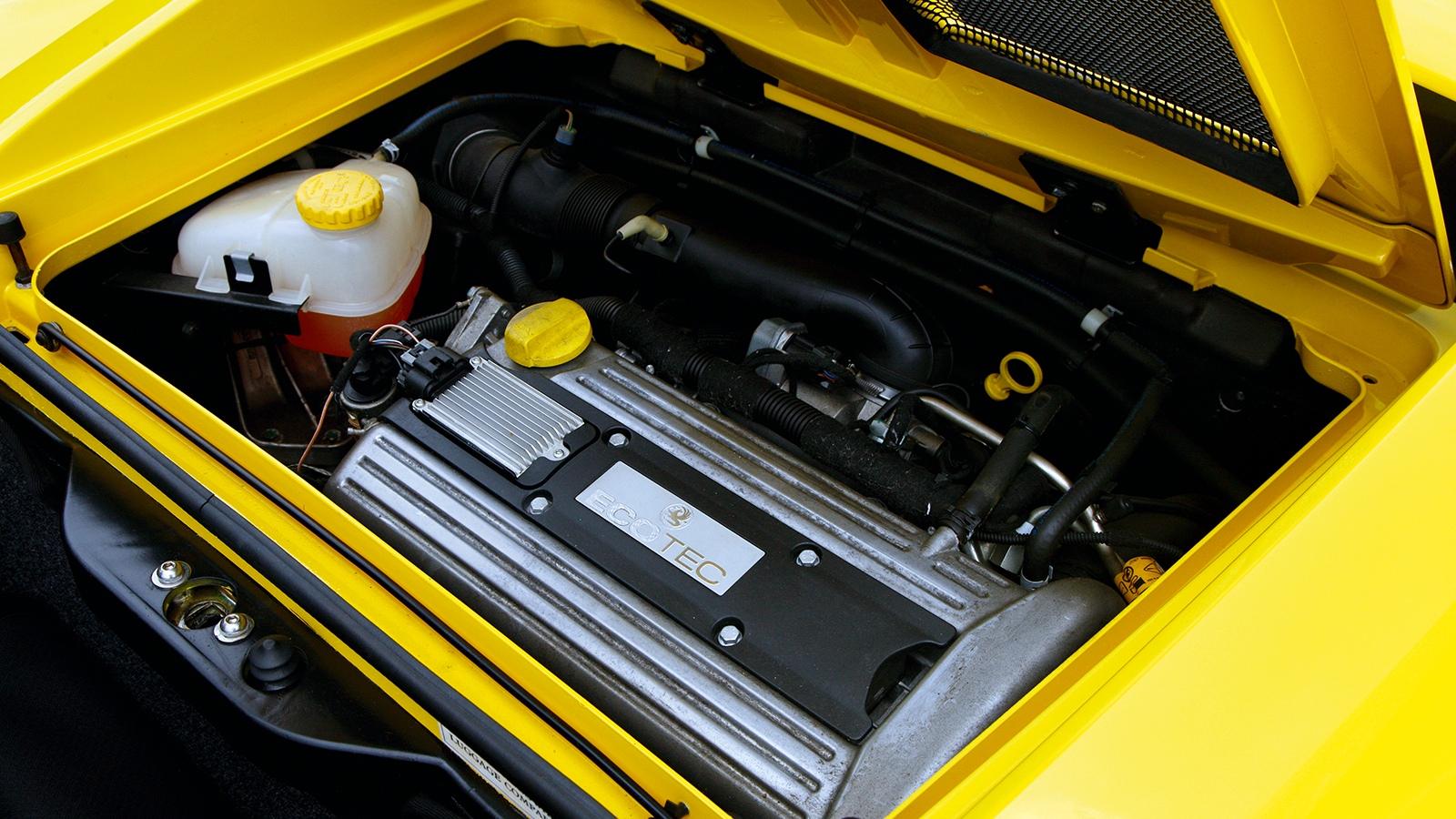 © Classic & Sports Car
© Classic & Sports Car -
 © Exfordy/Wikipedia
© Exfordy/Wikipedia -
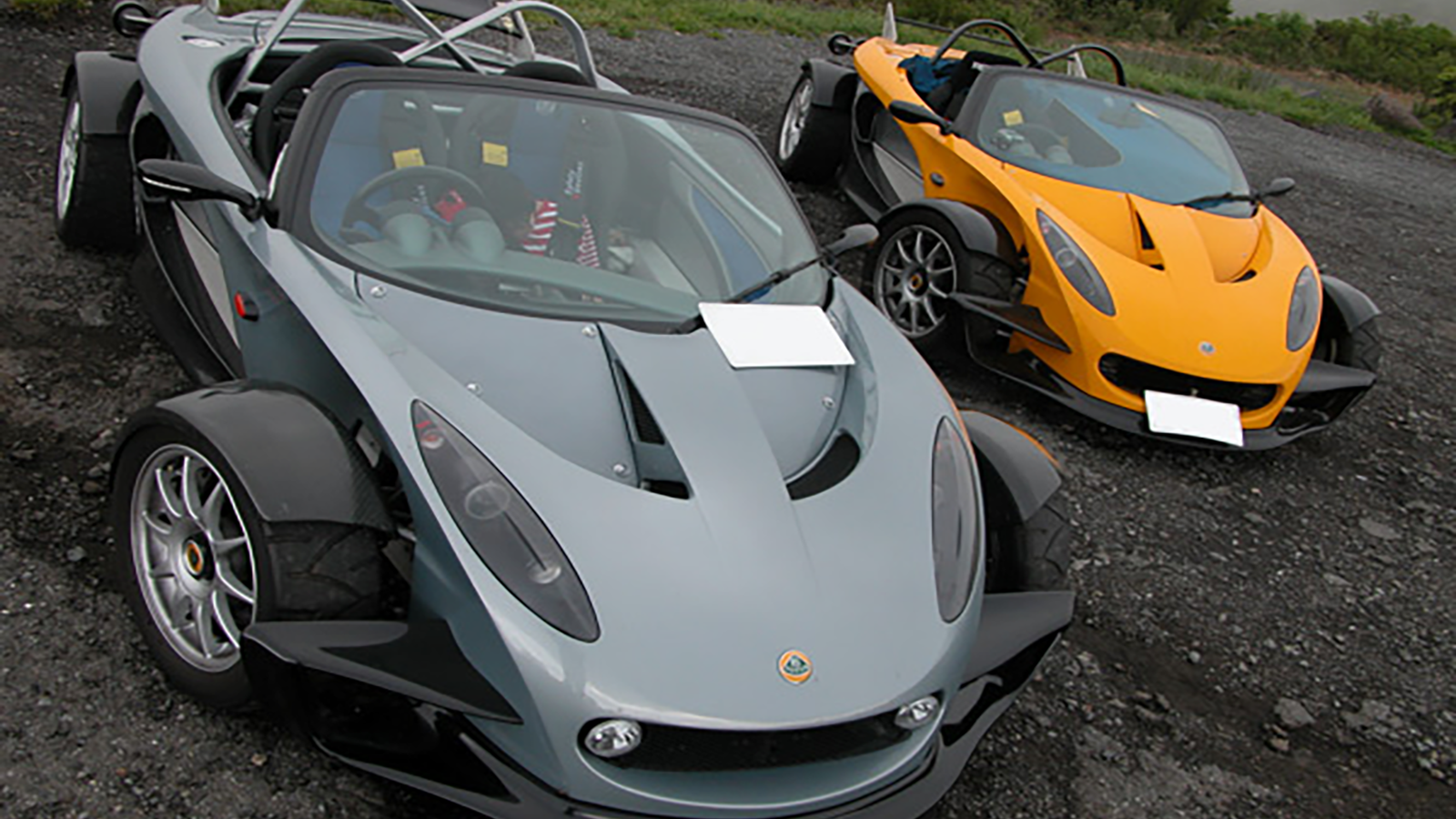 © Yasulotus340R/Wikipedia
© Yasulotus340R/Wikipedia
-
The Lotus position
Lotus is on a roll. New investment, new models, new momentum. So, as the much-loved marque embarks on a new era with the launch of its Emira sports car and the full-EV Evija hypercar, it’s an appropriate time to look back at how it got here in the first place.
The world may have changed since Colin Chapman first espoused his design philosophy of adding lightness, but Lotus has remained largely true to that doctrine throughout its life. While this is not an exhaustive list, here are 15 fabulous examples of the Lotus thinking.
-
1. Lotus Seven (1957-1972)
This is easily the most enduring of all Lotus models. It was designed and launched in 1957 as the ultimate embodiment of the original Lotus ethos of light weight and simple engineering. It was conceived as a road car that could also compete in clubman racing series around the world.
The original car featured a 1.2-litre Ford engine that developed a mighty 40bhp, although in something so light it still produced lively performance.
-
Lotus Seven (cont.)
This was later updated with the more powerful Super Seven in 1962, and so began a process of constant tweaks and improvements that continued until Lotus sold off the rights to the Seven to Caterham in 1973.
The car remains in production today, albeit with a whole lot more than 40bhp at its disposal.
-
2. Lotus Elite (1957-1963)
If the Lotus Seven was lightweight and raucous, the Lotus Elite was lightweight and a little more civilised, because it was a sports coupé with a proper roof.
It was pioneering at the time because it featured a body and chassis made of glass-reinforced plastic, with a subframe bonded in to hold the suspension and engine.
-
Lotus Elite (cont.)
The result was a car that was stiffer and much lighter than any rival, and so the performance provided by the 75bhp 1.2-litre Coventry Climax engine was engagingly strong. Better still, the body would also provide better protection for the occupants in a crash.
Unfortunately, Lotus also had priced the Elite too low in a bid to spark a sales rush, and so lost money on every car made.
-
3. Lotus Elan (1962-1971)
The Lotus Elan provided the blueprint for Lotus models spanning the subsequent three decades, because it featured a steel backbone chassis swathed in a glassfibre body.
It was exceptionally advanced for its day, because it had disc brakes at all four corners, independent suspension and rack-and-pinion steering.
-
Lotus Elan (cont.)
Under the bonnet lay the Lotus Twin Cam engine, which was based on the Ford Crossflow motor, but with Lotus’ own cylinder head. The rest of the running gear was largely Ford-sourced.
The original Elan tipped the scales at 680kg, so you could almost pick it up, and certainly helped towards handling and performance that was reckoned to better than most rivals’.
-
4. Lotus Cortina Mk1 (1963-1966)
As part of the process of developing its own engine, Lotus was in close contact with Ford, and when the engine was completed, Walter Hayes of Ford asked Lotus to fit it to 1000 Ford Cortinas for homologation in Group 2 racing.
So, Lotus equipped these cars with not only the engine but also a close-ratio gearbox from the Elan, as well as modifying the rear suspension and introducing lighter panels.
-
Lotus Cortina Mk1 (cont.)
It earned rave reviews, and became the sporting saloon car to have, although reliability issues blotted its copybook.
Still, the sight of Jim Clark three-wheeling one through Paddock Hill bend at Brands Hatch was enough to guarantee the car’s reputation as a racing machine.
-
5. Lotus Europa (1966-1968)
Europa by name, Europa by nature. That’s because Colin Chapman was keen to diversify from the Ford mechanical bits that had been commonplace in his cars until that point.
So, he settled on an 82hp 1.5-litre Renault engine and drivetrain for his new Europa GT car.
-
Lotus Europa (cont.)
It may have been marketed as a GT, but it was actually pretty spartan inside, with fixed windows and seats that didn’t move. The only way to adjust the driving position was to move the pedals, which required tools. Not ideal if there were two of you sharing the driving.
Thankfully, S2 models were a considerable step forward in comfort, because they had adjustable seats, a polished wooden dashboard fascia and even carpets.
-
6. Lotus Elite II (1974-1982)
Come the early 1970s, Lotus was intent on moving upmarket, and the second-generation Elite was a prime example of the company’s ambitions.
The sleek styling was a world removed from that of any previous Lotus, although the chassis was a descendant of that in the Elan and Europa models.
-
Lotus Elite II (cont.)
Lotus hadn’t forgotten its lightweight ethos though, and so the Elite weighed barely more than a tonne. Couple this with its 155hp 2.0-litre engine and the Elite had proper sports car performance.
That’s just as well, because when it went on sale in 1974, it was believed to be the most expensive four-cylinder car in the world.
-
7. Lotus Éclat (1975-1982)
The Lotus Éclat was the funkier, better-looking sister car to the Lotus Elite, which was almost a sporting estate. Indeed, Lotus almost called the car the Elite Coupé before deciding to give it a name all of its own.
Under the bonnet lay the 2.0-litre Lotus-developed engine that produced 160hp, and it was linked to either a four-speed Ford-sourced gearbox, or a five-speed unit that was developed from an Austin Maxi transmission.
-
Lotus Éclat (cont.)
Disc brakes featured at the front only, with drums at the rear.
Unfortunately, chassis rust issues on early cars hit values significantly, which adversely affected sales, especially of used examples.
-
8. Lotus Esprit (1976-1988)
The Lotus Esprit first hit the road in 1976, and the next year it sank fast… then turned into a submarine.
Getting the Esprit into the hands of the world’s most suave and deadly superspy was a stroke of marketing genius, and the fact it managed to evade all 007’s adversaries despite having only 160hp helped enormously.
-
Lotus Esprit (cont.)
The model’s handling and steering were universally praised, and the car was easily able to cope with the extra power that arrived when the Turbo Esprit model appeared in 1980.
The Giugiaro-designed bodywork was a slice of ’70s angular coolness, and barely changed aside from some extra vents and spoilers, for the next 12 years.
-
9. Talbot Sunbeam Lotus (1979-1980)
Lotus was well known for its engineering cleverness, and so many manufacturers turned to the company to help transform common-or-garden models into something a little more special. Of course, Lotus needed the money to keep the lights on, so gladly took on these projects.
One such request came from Chrysler, which needed a hot version of its new Sunbeam hatchback to a) go rallying with and b) increase sales of a rear-drive hatch in a front-drive world.
-
Talbot Sunbeam Lotus (cont.)
So, Lotus fitted the car with its well-known 2.2-litre four-cylinder engine and stiffer suspension.
The car was a massive hit, both with the press and the world of rallying. Reviews were enormously positive, and the car won the World Rally Championship for manufacturers in 1981.
Sadly, the Sunbeam was killed off soon after.
-
10. Lotus Excel (1982-1992)
The Lotus Excel is far more than a 1970s Éclat dressed up in shoulder pads and a mullet to deal with the demands of the 1980s.
Lotus came to Toyota’s attention when it helped the Japanese brand to develop its original Supra, and the Excel came after Toyota had taken a major shareholding in Lotus.
So, while the Lotus 2.2-litre engine was present and correct, almost everything else it was connected to was from Toyota, in a bid to enhance the car’s reliability record.
-
Lotus Excel (cont.)
Reviewers of the time raved about the car’s 50:50 weight distribution and nimble behaviour, one saying the car handled “with a poise other manufacturers must envy”.
Later SE models are the ones to go for, because they have more power plus air-conditioning and an adjustable steering column.
-
11. Lotus Elan M100 (1989-1995)
By the middle of the 1980s, Lotus was known for building fairly expensive sports cars, but the brand wanted a return to its roots with a small, light and inexpensive model.
After a three-year gestation period and extensive testing, the second-generation Elan appeared, powered by Isuzu running gear and with front-wheel drive.
The good news was that some observers of the time described it as the best-handling front-wheel-drive car ever.
-
Lotus Elan M100 (cont.)
There were two versions, one with a turbocharger and one without, but the turbo model was by far the bigger seller.
However, sales were slightly stymied by the fact that Mazda had just launched the MX-5 roadster, a car that had the original Lotus Elan of the 1960s as its ethos. Production ended after 3855 cars were built.
And then it restarted again two years later, when a further 800 cars were built, with suspension adjustments to boot.
-
12. Vauxhall Lotus Carlton (1990-1992)
Lawbreaker! Irresponsible! So the headlines screamed. The Daily Mail even started a campaign to have it banned.
So, what was all the fuss about? It was, after all, a Vauxhall Carlton at heart, a car that had been ploughing its way up and down the motorways of Europe for years.
-
Vauxhall Lotus Carlton (cont.)
However, GM wanted more, so Carlton GSi3000 models were taken off the production line and shipped to Lotus, who enlarged the straight-six engine to 3.6 litres and added a couple of turbochargers.
Numerous other upgrades helped harness all the extra power.
The result was performance that would give a Ferrari Testarossa plenty to worry about – in a car that could carry four people in leather-lined luxury. Irresponsible? No. Inspirational? Oh yes.
-
13. Lotus Elise S1 (1996-2001)
The whole Lotus brand was established on cars that were small, light and comparatively cheap to buy and run, but somehow that had been slightly diluted along the way.
Until 1996 that is, because that was when Lotus got its mojo back with the S1 Elise.
The Elise featured a 118bhp Rover engine but weighed just 725kg.
-
Lotus Elise S1 (cont.)
The interior was best described as ‘simple’, and you could take the roof off it. It was the very essence of Lotus made real. Colin Chapman would have been proud.
Over the subsequent years, various special editions got more power, and the car was fitted with seats that had more padding and various other tweaks to satisfy the legislators, but the car’s essential character remained undimmed.
-
14. Vauxhall VX220 (2000-2005)
The original Lotus Elise was a runaway success because it was small and light. However, crash-test laws moved on, and the original car no longer complied, so Lotus needed to build a new one. Except it had no cash.
Step forward GM, which wanted a small two-seat roadster of its own, and paid Lotus to develop a new Elise but also to build a Vauxhall version of it. Hence the VX220 came to pass.
And pass it did – most other cars on a twisty road.
-
Vauxhall VX220 (cont.)
Its 2.2-litre engine was powerful and less frenetic than the Rover engine in the old Elise, and the handling was every bit as sharp as the Lotus model’s.
The car was later fitted with a 2.0-litre turbocharged engine that gave it 150mph performance. Unfortunately, it was killed off in 2005.
-
15. Lotus 340R (2000)
So you’re Lotus and you’ve got a tiny little raw two-seater that’s flying out of showrooms, and people are using them to great effect in the burgeoning track-day market. What to do?
Well, you make it even more raw and uncompromising, but in the process you come up with one of the finest track-day machines made at the time.
-
Lotus 340R (cont.)
The 340R took all that was good about the Elise S1, and then ditched the unnecessary items that just added weight. You know, things like the roof. And doors.
With a power-to-weight ratio of 252bhp per tonne, the 340R was a flying machine, and provided an engagement level rarely seen before or since.
Indeed, it was like a Lotus Seven for the modern era, which is kind of where we came in…
